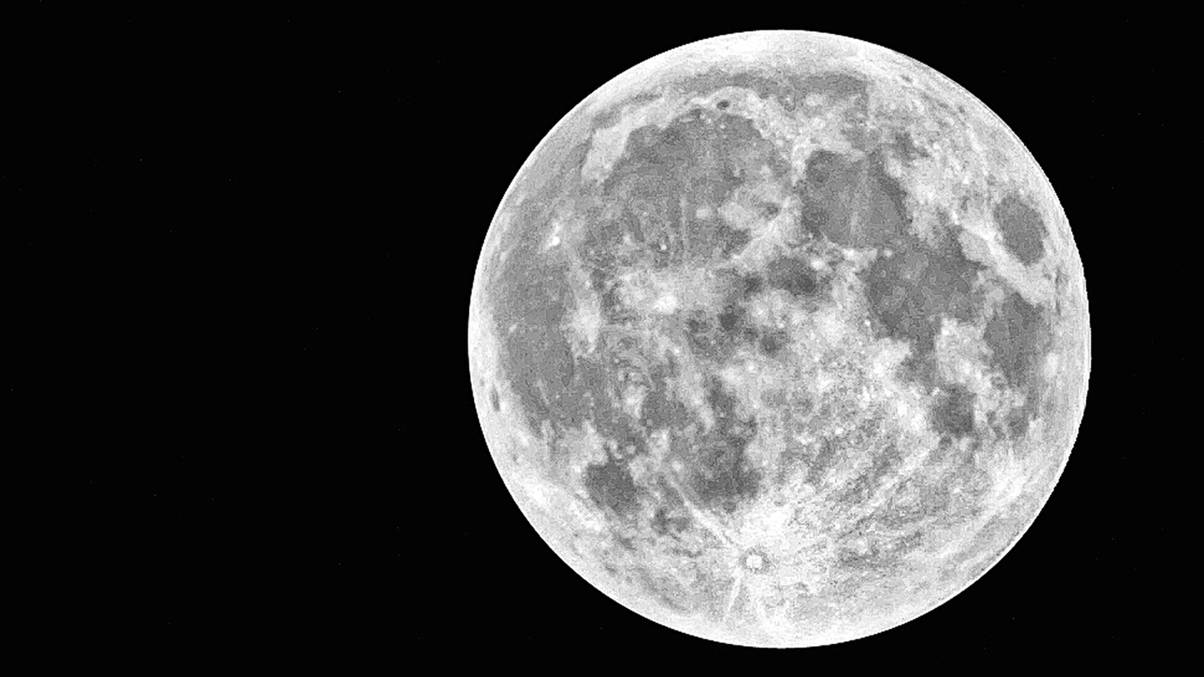NASA Ordered to Invent Moon’s Official Time Zone—What It Means for Humanity’s Future in Space
You know, just when I thought we’d heard every wild idea NASA had brewing, the US government comes along and drops this gem: creating an official time zone for the moon. Yep, you read that right—the moon’s about to get its own clock. I mean, sure, while some brainiacs are busy finding new planets or decoding Martian landmarks, others are now tasked with figuring out what “time it is” up there. For what, you ask? So billionaires can pencil in their lunar Zoom calls without the usual Earthbound confusion, apparently. It’s kind of hilarious but also kinda brilliant if you think about it—setting Coordinated Lunar Time (LTC) could be the key to syncing up space suits and schedules when we actually start living on the moon. Plus, get this: moon-time ticks ever so slightly faster, by about 58.7 microseconds, which might just be the nerdiest reason ever to have a “moon minute.” If this bill passes, who knows, lunar time might end up synced with Eastern Daylight Time—we all know how Washington likes to keep its own watch. So, ready to schedule your first 1 pm LTC meeting? Buckle up. LEARN MORE.
Yes, you read that correctly. The US space committee are genuinely trying to create a time zone for the moon.
NASA have been told in pretty direct terms by the US government that they should start figuring out what time it is up there on Earth’s natural satellite. So, scientists at NASA, drop whatever groundbreaking research you’re working on, we need to know the time on the moon so we can make sure that the billionaires planning to live up there can make their zoom meetings.
While other scientists are discovering potential new planets and helping to discover mysterious landmarks on Mars, a lucky team will now get to spend their time figuring out the time on the moon.
You might think I’m joking, but it seems the main reason why the US were so keen to pass ‘The Celestial Time Standardisation Act’ is to ensure that timekeeping is easier as NASA and other space agencies look to establish a permanent lunar presence.
This certainly lines up with Jeff Bezos’ plans to replace the International Space Station, with the Amazon founder following in the footsteps of Elon Musk by extending his reach outside Earth.
Maybe it’s not the worst idea to have a central time up there but should the bill be passed once it reaches President Donald Trump’s desk, then you can probably bet your bottom dollar that it will be set similar to Eastern Daylight Time, the time zone used in Washington.
It can never be exactly the same as the sort of time zones we have down here though, as time on the moon passes about 58.7 microseconds faster than on Earth.
The bill directs: “The Administrator of NASA, in consultation with the Director of the Office of Science and Technology Policy, shall carry out the following: (1) Enable the development of celestial time standardiSation, including by leading the study and definition of a coordinated lunar time.

Shall we book in a zoom call for 1pm LTC time? (getty stock)
“(2) Develop a strategy to implement a coordinated lunar time that would support future operations and infrastructure on and around the Moon.”
The bill also requires that NASA work with the relevant public, private and academic institutions as well as international partners and standard-setting bodies in order to develop the new time system, which will be known as Coordinated Lunar Time (LTC).
They also have some requirements, which include ensuring that it is accurate enough for space navigation and communication, it must be able to function independently should contact with Earth be temporarily lost, and it also needs to be scalable so that we can also develop time zones for other celestial bodies including Mars in the future.
So, the next time Katy Perry heads up to space, she might even get to know what time it is on the moon while she’s looking at it.











